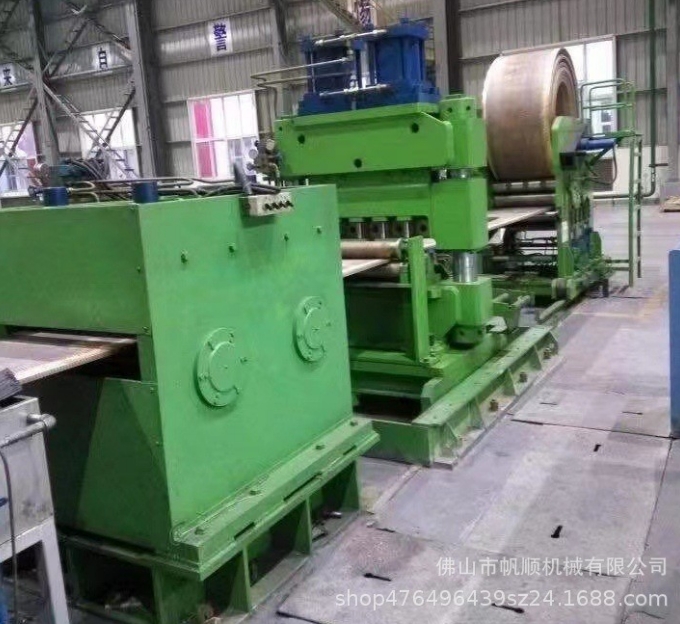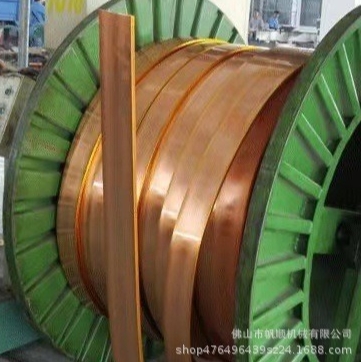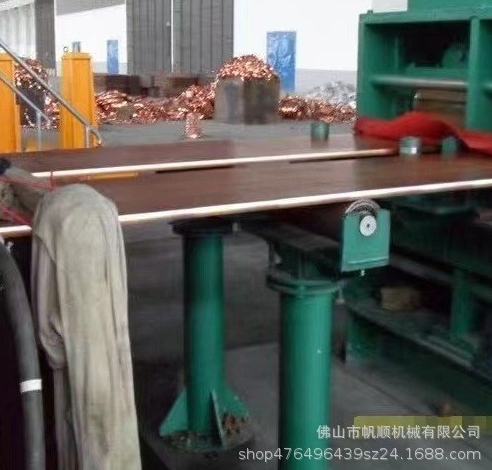What is Horizontal Casting?
Horizontal chttps://www.copperfurnace.com/product-horizontal-continuous-casting-copper-strip.htmlasting is a revolutionary method in the metallurgy and metal processing industries, offering an alternative to the traditional vertical casting techniques. This process involves pouring molten metal into a horizontally oriented mold, enabling the continuous casting of billets, slabs, or other shapes in a horizontal direction. Horizontal casting provides numerous benefits in terms of cost, efficiency, and product quality, making it an increasingly popular choice for manufacturers worldwide.
Understanding Horizontal Casting Machines
At the core of the horizontal casting process is the horizontal casting machine, which is designed to facilitate the production of long metal pieces without the need for vertical alignment. Unlike traditional casting, where molten metal is poured vertically, the horizontal casting machine allows the material to flow horizontally, making it ideal for facilities where vertical space is limited. These machines are highly adaptable and can process various types of metals, including steel, aluminum, copper, and their alloys.
A typical horizontal casting machine consists of several key components, including the mold, cooling system, withdrawal system, and drive mechanism. The mold is positioned horizontally and is designed to maintain the shape of the cast product. Molten metal is poured into the mold and is cooled as it moves through the system. The withdrawal system then pulls the solidified product out of the mold in a continuous manner. The drive mechanism ensures that the casting speed remains constant, contributing to the uniformity of the final product.
Advantages of Horizontal Casting Equipment
Horizontal casting equipment offers several advantages over vertical casting methods. First, the horizontal orientation allows for a more efficient use of space. Many manufacturing plants face limitations in terms of vertical height, especially those located in urban or constrained industrial areas. By using horizontal casting equipment, manufacturers can optimize their available floor space while still producing high-quality metal products.
Another advantage is the reduced likelihood of defects, such as inclusions or impurities, within the metal. In vertical casting, gravity can cause impurities to settle at the bottom of the cast, leading to uneven distribution. In contrast, horizontal casting equipment enables better control over the casting process, reducing the chances of defects and improving the overall quality of the final product.
The ease of maintenance and lower operational costs are additional benefits. Horizontal casting systems generally require less intensive cooling and support structures compared to their vertical counterparts, leading to reduced energy consumption and maintenance costs. Furthermore, horizontal casting equipment is often more accessible for repairs, allowing for quicker maintenance times and reduced downtime.
Horizontal Continuous Casting Machines: A Step Beyond
Horizontal continuous casting machines represent a more advanced variation of the horizontal casting process. These machines are designed for the continuous production of metal products, allowing for higher efficiency and greater throughput. In traditional casting methods, each cast is done separately, which limits production speed. However, with a horizontal continuous casting machine, manufacturers can produce an uninterrupted stream of metal products, significantly increasing productivity.
The horizontal continuous casting machine operates by continuously feeding molten metal into a mold, where it solidifies as it moves horizontally through the system. This continuous process eliminates the need for frequent stops and starts, leading to smoother operations and fewer interruptions. Additionally, the horizontal continuous casting machine reduces waste, as it minimizes the excess material that is typically produced during start-up and shutdown phases.
One of the key benefits of using a horizontal continuous casting machine is the ability to produce long, uniform metal products with consistent dimensions. This is particularly advantageous in industries where precision and consistency are paramount, such as the automotive, aerospace, and construction sectors. By maintaining tight control over the casting process, these machines ensure that the final product meets strict quality standards.
Horizontal Continuous Casting Equipment: Streamlining Production
Similar to the casting machine, horizontal continuous casting equipment is designed to enhance the overall efficiency of the metal production process. This equipment includes not only the casting machine itself but also a range of auxiliary systems that support the continuous casting process. These systems typically include advanced cooling systems, mold designs, and automated controls that ensure the smooth operation of the entire casting line.
One of the most important components of horizontal continuous casting equipment is the cooling system, which plays a critical role in the solidification of the molten metal. Efficient cooling is essential to prevent cracking and other defects in the final product. Modern horizontal continuous casting equipment is often equipped with water-cooled molds and secondary cooling zones, which help to regulate the temperature and ensure that the metal solidifies evenly.
Automation also plays a significant role in horizontal continuous casting equipment. Many modern systems are equipped with sensors and control systems that monitor the casting process in real time. These automated systems help to maintain optimal casting conditions, adjust parameters as needed, and ensure that the process runs smoothly. This level of control not only improves product quality but also reduces the risk of errors and accidents during production.
The Horizontal Continuous Casting Line: A Complete Solution
For large-scale industrial operations, a horizontal continuous casting line offers a complete, end-to-end solution for metal production. A horizontal continuous casting line is typically composed of several integrated systems, including the casting machine, cooling systems, cutting mechanisms, and conveyor systems. Together, these systems work seamlessly to produce long, uniform metal products with minimal human intervention.
One of the key advantages of a horizontal continuous casting line is its ability to operate continuously, 24/7, with minimal downtime. This level of efficiency is crucial in industries with high production demands, such as steel manufacturing, where the need for large volumes of metal products is constant. By using a horizontal continuous casting line, manufacturers can significantly increase their production capacity without sacrificing product quality.
Another important feature of the horizontal continuous casting line is its flexibility. These lines can be configured to produce a wide range of metal products, from billets and slabs to more complex shapes. This versatility makes them ideal for manufacturers that need to produce different products on the same line, allowing them to switch between product types without extensive reconfiguration.
The Future of Horizontal Casting
As industries continue to evolve, the demand for efficient, cost-effective, and high-quality metal production methods will only increase. Horizontal casting machines, horizontal casting equipment, and horizontal continuous casting machines are already playing a pivotal role in meeting this demand, and their importance is expected to grow in the coming years.
The development of more advanced horizontal continuous casting equipment and horizontal continuous casting lines will likely focus on further improving automation, reducing energy consumption, and enhancing product quality. Innovations in sensor technology, artificial intelligence, and data analytics are poised to play a significant role in optimizing the casting process, making it more efficient and reliable.
In conclusion, horizontal casting machines, horizontal continuous casting machines, and their related equipment and systems are revolutionizing the way metals are produced. Their ability to offer continuous, efficient, and high-quality production makes them indispensable in modern metallurgy. As the technology continues to evolve, these systems will likely become even more integral to the metal production industry, paving the way for future innovations and improvements.




